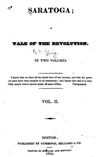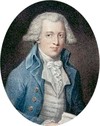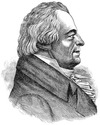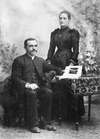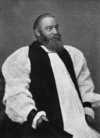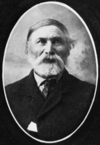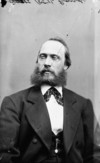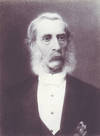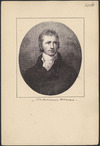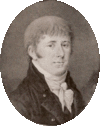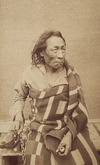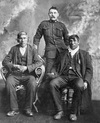leading Indian he had great prestige among the Chipewyans and the Athabascan Crees and had developed as well a relatively organized pattern of movement between the trade posts on the coast and the interior
and secured some furs from the Assiniboins, he returned to Beaver Lake. In the early spring he went to the Churchill River, where he purchased 12,000 additional beaver skins from Chipewyans probably on
Fort Chipewyan (Alta). Delayed by the North-West rebellion [see Louis Riel*], he served for a year as a lay reader among the
, with seaman John Hepburn*, advanced to Fort Chipewyan (Alta) on Lake Athabasca in January 1820. Hood and Richardson remained behind to study
gifted linguist, he was not only fluent in Cree but also acquired a working knowledge of Ojibwa, Inuktitut, Chipewyan, and Norwegian – the last because the HBC had several Norwegian employees at Moose
–1917. Robert Carney, “Residential schooling at Fort Chipewyan and Fort Resolution, 1874–1974,” in Western Oblate Studies 2: proceedings of the
. He was well educated, probably having attended a school in the Red River settlement (Man.), and was fluent in English, Gaelic, Cree, Chipewyan, and Michif, the last a hybrid primarily of Cree and
*. His descriptions of the Beaver (Slave) and Long-Arrowed (Hare) Indians are literate and detailed.
From 1816 to 1821 Keith served at Fort Chipewyan
charge of the Severn district and posted to Fort Severn (Ont.). The following year he was transferred to Fort Chipewyan (Alta), in the Athabasca country. His annual reports from both places showed a lively
], Beaver, Chipewyan, and other peoples of the Athabasca and Peace River country. In the summer of 1899, after travelling hundreds of miles, Laird and his party (which included James Andrew Joseph
Fort Chipewyan; he was arrested at Fort Wedderburn in May 1820 for complicity in the outrages perpetrated at Île-à-la-Crosse by Peter Skene
November 1844.
Lefroy and his assistant took magnetic observations at more than 300 stations. While wintering at Fort Chipewyan (Alta
.
Leroux remained at Great Slave Lake, despite the NWC’s decision to close this post because the partners considered it unprofitable. He reached Fort Chipewyan (Alta) in March 1789, and set off again at
“old establishment,” founded by Pond in 1778 some 40 miles up the Athabasca River. In 1788 he sent his cousin Roderick, now serving with him, to build the first Fort Chipewyan, on the south shore of Lake
sent to establish Fort Chipewyan (Alta) at the southwestern end of Lake Athabasca and was left in charge of the fort, which became the company’s headquarters in the region, during Alexander’s absences in
. 1737 of Chipewyan parents at Prince of Wales’s Fort (Churchill, Man.); d. after the destruction of the fort in August 1782
September, the day after all official ceremonies were completed. Sweet Grass and the other Cree and Chipewyan chiefs urged him to sign, as they had, but Big Bear, who said he had been sent to speak for all
present-day British Columbia, Saskatchewan, and the Northwest Territories; it was home to Woods Cree, Beaver, Sekani, Chipewyan, and other peoples. Mostos and his younger brother Kinosew (Kinoosayo) were
of his first posting to Fort Chipewyan (Alta). He must have been stationed there in 1792, since on 10 Jan. 1793 Alexander Mackenzie asked that MacKay be transferred to Fort Fork (Peace River
all his influence, and some force” to prevent Clarke from encountering Indians or trading with them. Nor’Wester Willard Ferdinand Wentzel, writing from Fort Chipewyan, expressed “exultation” at the




